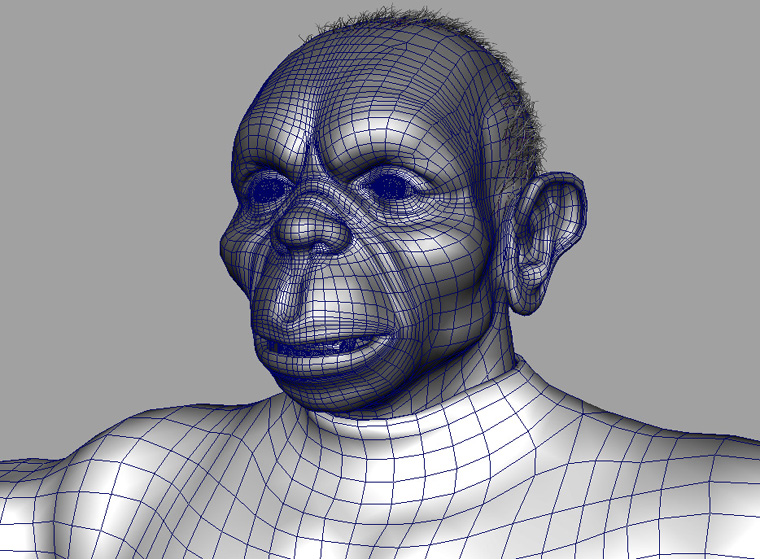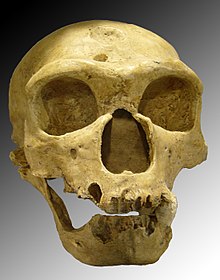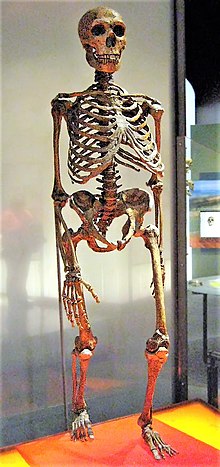Enlil and Enki, two governors of Earth sent from Nibiru to rule Earth, were responsible for all this power and control. They gave the ancient Sumerians their architectural, agricultural, astronomical, and cultural training in exchange for labor and "gifts to the gods" in the form of a lot of mining, food, and material goods.
Therefore the Nibirians themselves no longer had to physically work on Earth. The Nibirians disguised themselves as fish-humans, lion-humans, bird-humans, and other creatures to get the people to worship them as token gods, something that Moses violently opposed. Later, the Pleiadians, who were involved in Egypt's 3rd Golden Age, attempted to end the worship of the many Nibiruan and Sirian gods in these lands with the one-god concept.
However, wars always resulted from these differences of belief systems, and the Sirians and Nibirians thrived on all the humans fighting each other instead of the gods who were the real enemies behind the scenes.
Every 3,600 years a major event occurred on Earth that was well-documented by ancient and modern historians. The Great Flood of religious referred to an attempt to destroy the slave races of humanity by the Nibirians because they have rebelled against their leaders (gods) from Nibiru. Enlil and Enki were involved in a heated dispute over whether to destroy or preserve the slave races and this power struggle resulted in ancient wars.
Zecharia Sitchin's work is dazzling, credible, provocative, exciting and highly important in finding our real past, and therefore our real future. It is based on the premise that mythology is not fanciful but the repository of ancient memories; that the Bible ought to be read literally as a historic/scientific document; and that ancient civilizations were the product of knowledge brought to Earth by the Anunnaki, "Those Who from Heaven to Earth Came."
One astounding assertion after another has made Sitchin the most controversial writer of our time because he challenges everything we thought we knew about human civilization. It's easy to dismiss Sitchin's research in the same way that other people dismiss UFO's, Eric Von Daniken and countless other researchers who claimed to have found evidence for extraterrestrial visitors to this planet.
Every 3,600 years a major event occurred on Earth that was well-documented by ancient and modern historians. The Great Flood of religious referred to an attempt to destroy the slave races of humanity by the Nibirians because they have rebelled against their leaders (gods) from Nibiru. Enlil and Enki were involved in a heated dispute over whether to destroy or preserve the slave races and this power struggle resulted in ancient wars.
Zecharia Sitchin's work is dazzling, credible, provocative, exciting and highly important in finding our real past, and therefore our real future. It is based on the premise that mythology is not fanciful but the repository of ancient memories; that the Bible ought to be read literally as a historic/scientific document; and that ancient civilizations were the product of knowledge brought to Earth by the Anunnaki, "Those Who from Heaven to Earth Came."
One astounding assertion after another has made Sitchin the most controversial writer of our time because he challenges everything we thought we knew about human civilization. It's easy to dismiss Sitchin's research in the same way that other people dismiss UFO's, Eric Von Daniken and countless other researchers who claimed to have found evidence for extraterrestrial visitors to this planet.
But Sitchin is well aware of this devil's advocacy, and vaporizes the arguments of skeptics with solid scholarship, including the most rigorous translations of Sumerian text, Vedic tales and excerpts from the original Greek and Hebrew versions of the Bible. This ability to translate many languages is no small achievement. Those of us who will never possess the ability to decipher 6,000-year-old clay tablets must trust that Sitchin has done his job accurately. But his sources reveal an utter integrity, including the finest, most respected citations and references imaginable.





 The DNA of man.
The DNA of man.























